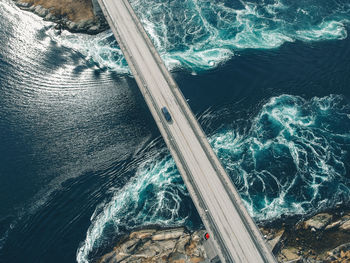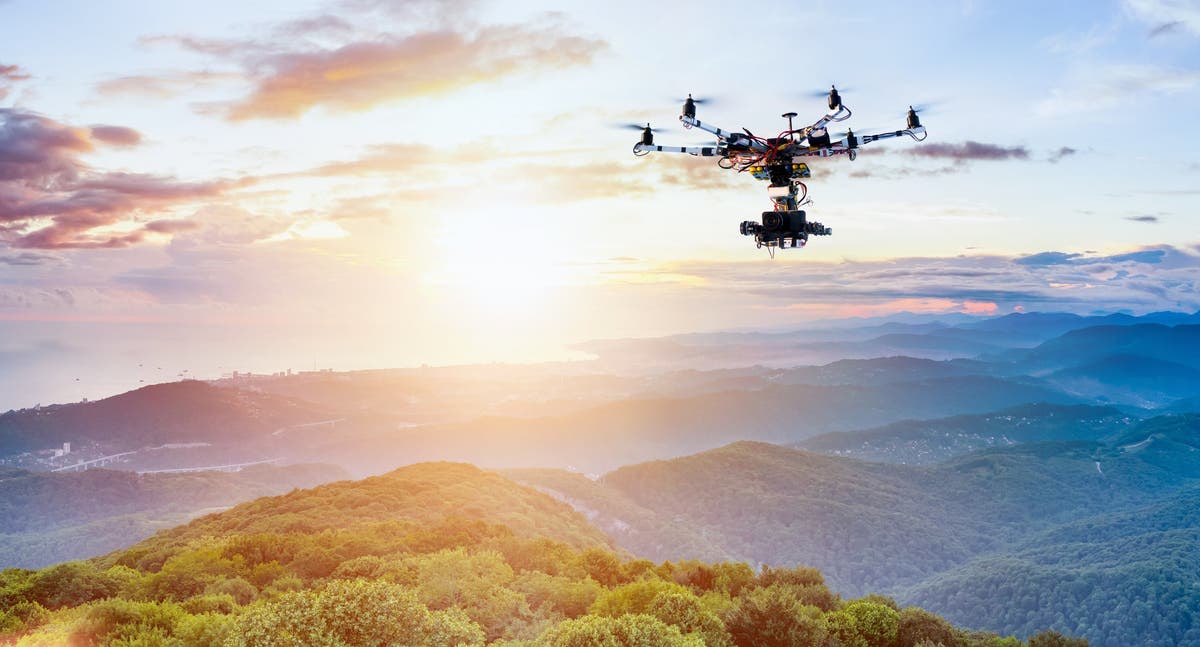Real Estate Drone Photographer to Help Your Listings Get Noticed
Real Estate Drone Photographer to Help Your Listings Get Noticed
Blog Article
Transform Your Point Of View: The Art and Science Behind Drone Digital Photography
Drone digital photography stands for a substantial junction of artistic vision and technical technology, making it possible for designers to record perspectives formerly unattainable. Comprehending the auto mechanics of drone modern technology, from equipment options to structure methods, is vital for achieving engaging imagery. Considerations such as lighting and environmental problems can exceptionally influence the final end result. As professional photographers fine-tune their abilities in both airborne method and post-processing, they open a richer narrative potential. What really distinguishes efficient drone photography from simple aerial pictures? Discovering this question discloses deeper insights right into the craft and its evolving landscape.
Comprehending Drone Innovation
Recognizing drone technology is vital for any person curious about harnessing its abilities for digital photography. Drones, or unmanned airborne lorries (UAVs), depend on a combination of equipment and software to achieve flight and capture imagery. At their core, these gadgets are furnished with sensing units, video cameras, and navigating systems that allow them to fly autonomously or be managed from another location.
The primary parts of drone technology consist of the flight controller, which works as the brain of the drone, refining data from numerous sensors to guarantee secure trip. In addition, general practitioner innovation plays an important role in navigation, enabling drones to adhere to pre-defined trip paths and preserve their position even in tough problems.

Additionally, comprehending the regulatory landscape surrounding drone use is crucial, as it governs where and how drones can be run, making sure safety and compliance. Knowledge with these elements of drone technology encourages digital photographers to optimize their creative possibility while sticking to legal standards.
Vital Equipment for Drone Digital Photography
Selecting the right tools is important for achieving phenomenal cause drone photography. At the heart of this configuration is the drone itself, which should be picked based upon flight security, camera high quality, and convenience of usage. Popular models often feature integrated high-definition electronic cameras that capture magnificent aerial pictures.
Along with the drone, purchasing a top notch video camera is crucial. Numerous drones come outfitted with cameras qualified of capturing in 4K resolution, but for professional-grade outcomes, take into consideration a drone that permits interchangeable cams or supports bigger sensing units. This adaptability can considerably improve photo quality.
Stabilization is one more crucial element. A three-axis gimbal is advised for smooth video, minimizing resonances that can interfere with image clarity. Moreover, added batteries and a dependable charger make sure extensive trip time, permitting more comprehensive shoots.
Grasping Composition Techniques
Mastering composition techniques is fundamental to elevating your drone photography from normal to phenomenal. A well-composed image captures the viewer's attention and conveys a powerful narrative.
Among the necessary concepts to take into consideration is the regulation of thirds, which entails splitting your framework into a grid of nine equivalent components. Positioning crucial elements along these This Site lines or at their crossways produces aesthetic passion and balance. Additionally, leading lines can guide the visitor's eye via the photo, drawing attention to the subject and including deepness.
Another effective technique is framing, where natural components such as structures or trees enclose the subject, improving the centerpiece. This method not only provides context yet additionally develops a sense of intimacy browse around this site within the scene.

Last but not least, constantly bear in mind the perspective line. A jagged horizon can take away and sidetrack from an otherwise captivating photo. By understanding these structure methods, you can substantially improve the impact of your drone photography.
Lighting and Climate Considerations
In drone photography, the interaction of lights and climate can substantially affect the high quality and mood of your pictures. Optimal illumination problems are essential; the gold hours-- quickly after dawn and before sundown-- supply soft, diffused light that improves shades and decreases severe darkness. Throughout these times, the landscape shows up much more vivid and dynamic, permitting spectacular aerial shots.
Alternatively, cloudy skies can produce a flat, soft scheme, yet they can also offer even lighting that minimizes contrast and highlights information in the setting. This can be beneficial for catching structures in city setups or intricate patterns in nature.
Weather, such as rain, fog, or snow, can also add one-of-a-kind components to your digital photography. Haze can develop a feeling of enigma, while rainfall can boost shades and fill the landscape. Nevertheless, it is important to think about the security of your drone; flying in negative climate condition can cause devices damage or loss of control.
Ultimately, understanding how lights and climate affect your aerial shots allows you to pick the perfect problems for your drone digital photography, making sure engaging and visually striking pictures.
Post-Processing Idea
After recording magnificent aerial photos, the next step entails refining those shots with post-processing. This essential stage his response improves the visual influence of your photos, allowing you to highlight the one-of-a-kind point of views that drones offer.
Beginning with software program tools like Adobe Lightroom or Photoshop, which offer durable modifying capabilities. Begin by correcting direct exposure and white balance to make sure that your colors show up true to life. Make use of pie chart checks to achieve optimum illumination degrees, avoiding too much exposure or loss of information in shadows.
Following, improve contrast to add deepness to your images. Readjusting clearness can develop crucial details without presenting sound, which is particularly advantageous in airborne shots where texture plays a considerable duty. Don't avoid chopping; this can help focus the customer's attention on the primary topic.
Think about using a minor vignette to lead the viewer's eye toward the center of the picture. By grasping these post-processing methods, you can raise your drone digital photography to brand-new elevations.
Final Thought

What really distinguishes reliable drone photography from plain aerial photos? Numerous drones come equipped with cams capable of capturing in 4K resolution, but for professional-grade outcomes, consider a drone that enables for compatible video cameras or sustains larger sensing units. By mastering these structure techniques, you can substantially boost the effect of your drone digital photography.
In drone photography, the interaction of lighting and weather condition can significantly affect the quality and mood of your photos (real estate drone photographer). By grasping these post-processing strategies, you can raise your drone digital photography to new elevations
Report this page